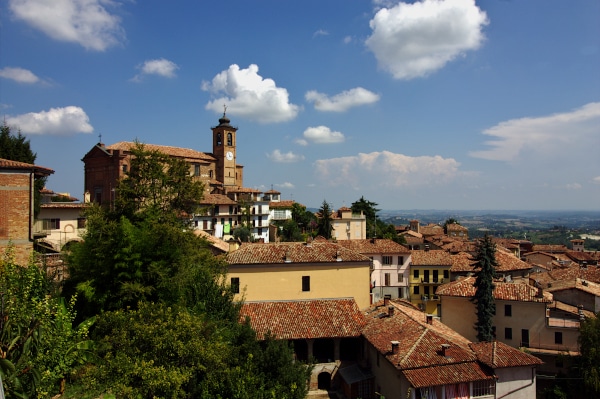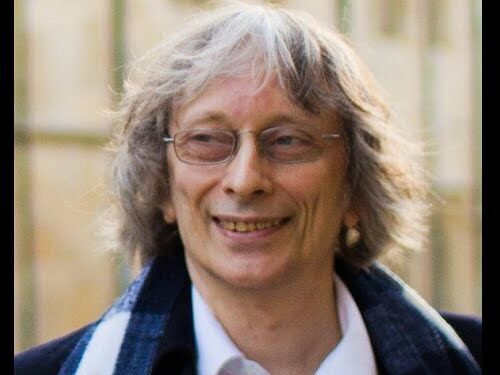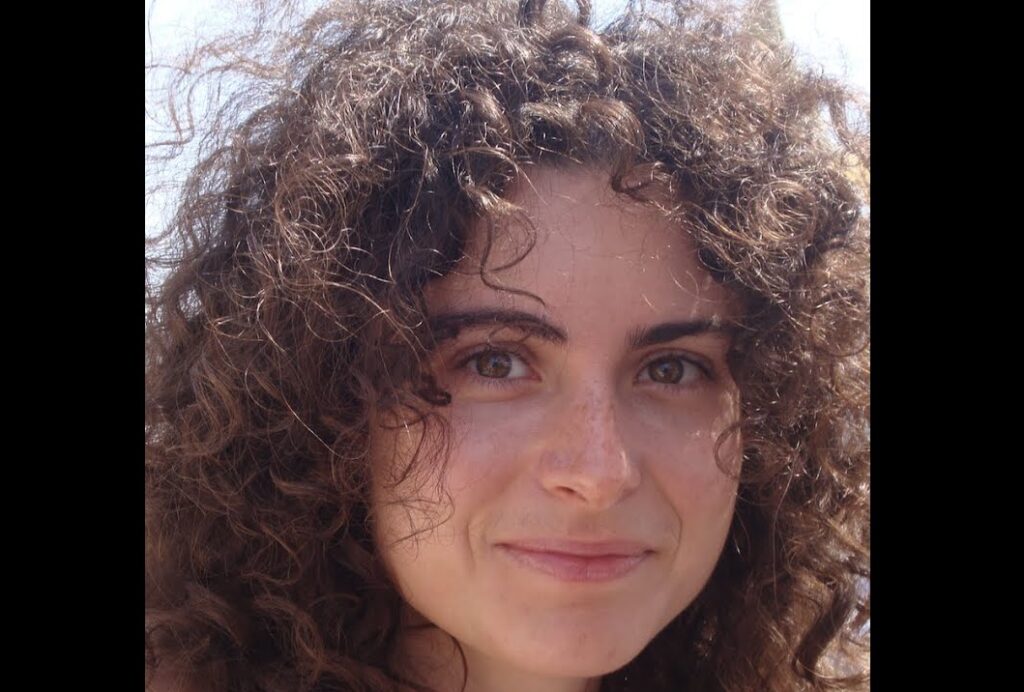BLOG
Questions, Constructors and Card Games
Category: News
Author: Maria Violaris
Date posted: 12 Dec 2023
Recounting the Cocconato Constructor Theory Workshop 2023
At 1pm on 23rd August 2023, the particles of an EasyJet Airbus A320 plane were stationed at the Bristol airport runway. Over the next 125 minutes, the particles all rose up 35,000 feet, floated across the European skies to Northern Italy and settled at the Milan airport runway.
At 1pm on 23rd August 2023, I was stationed at the Bristol airport runway. The laws of nature are such that flying from one location on Earth to another is possible. Hence, we can create reliable flying machines, such as the Airbus A320 which flew me from Bristol to Milan.
Which version is a better explanation for how I got to Milan?
The first explains the flight using dynamical laws, which tell us how systems change over time, determining how the particles of the plane moved. The second uses principles about what is possible and impossible, which tell us what can and cannot be made to happen, hence whether or not plane flight is possible. The recently proposed Constructor Theory aims to reformulate physical laws using these far-reaching principles of possibility.

Upon landing in Italy, I gathered with colleagues at the beautiful Piedmont village of Cocconato, where we had a workshop discussing research in Constructor Theory (CT). So far, CT has helped generalise our theories of information, computing and thermodynamics, and given insights into future theories such as quantum gravity. As the locals played cards, we played with flipcharts: discussing the open problems with CT, including its application to quantum mechanics, cosmology and the theory of universal constructors.
Computers to Constructors
In CT, a reliable machine for performing a possible task is called… a constructor! A plane is a constructor for flying; a deck of cards is a constructor for playing card games; Microsoft Word is a constructor for writing blogs like this one.
During the workshop, we discussed how a constructor’s defining properties may be analogous to a computer. A computation is anything that can be performed using a universal computer; similarly, construction tasks are anything that can be performed using a universal constructor. Such a machine could perform any possible task, when programmed with the right knowledge. A universal constructor would unify the tasks implemented by everything from heat engines to enzymes and kettles.
Inspiration from computability could help with current research in applying CT to quantum thermodynamics. Existing measures for deterioration and errors from complexity theory and computer science could lend insight into analogous properties of construction tasks. This could help explain the nature of thermodynamic quantities such as entropy. Famously problematic and vaguely defined in the traditional conception of physics, entropy is an emergent quantity in CT rather than a fundamental one.
I have been thinking about this problem for a while now; and it has led me to discover a new way to quantify irreversibility, in terms of how hard it is for a constructor to perform a task in a forward direction as opposed to a backward direction. This irreversibility relies on the fundamental difference between allowed trajectories (anything allowed by the laws of physics) and possible tasks (any physical transformation that can be done reliably). Investigating how constructors compare to computers could uncover quantitative connections between this irreversibility and the traditional conception of entropy.
Testing quantum gravity across space and time
As well as generalising computations, CT gives a powerful generalisation of the laws of physics. Its principles are conjectured to hold for future theories that will one day replace quantum mechanics, so we can investigate those theories even before discovering their dynamical laws. Using just two principles, the copyability of information (“interoperability”) and the independence of isolated systems (“locality”), Chiara Marletto and Vlatko Vedral recently devised a thought experiment to test whether gravity has quantum features, involving two masses getting entangled.
This test is very challenging experimentally, leading them to develop an alternative proposal with Giuseppe Di Pietra. This has just one mass, evolving in time. Instead of locality, this test uses a conservation law, such as energy conservation.
We discussed an intriguing correspondence between these proposals: does the conservation law somehow correspond to time in an analogous way to how locality is a property of space? Such a connection could reveal underlying structure between time, space and our most fundamental laws.
Crazy questions… or constructors for future discoveries?
The questions kept flowing like Piedmont wine: how else could we make the test for quantum gravity more experimentally viable? Can we apply it to loop quantum gravity or string theory? How do conservation laws such as energy hold exactly in the many-worlds theory of quantum mechanics? Could we imagine a machine that tests for imaginary numbers? What can Constructor Theory tell us about the cosmological fine-tuning problem, where the richness of our universe appears sensitive to slight changes in its properties?
By the end of our visit to Cocconato, the particles in our minds had explored a vast range of configurations that they had never traced before. Perhaps they were simply evolving according to the dynamical laws governing molecules in our brains, as they interact with sensory signals from the particles in our eyes and ears. Or perhaps, like the Airbus 320 was a constructor for taking me from Bristol to Milan, our trip was a constructor for the task of creating new ideas… with our discussions catalysing sequences of better and better explanations for unsolved problems at the core of fundamental physics.



